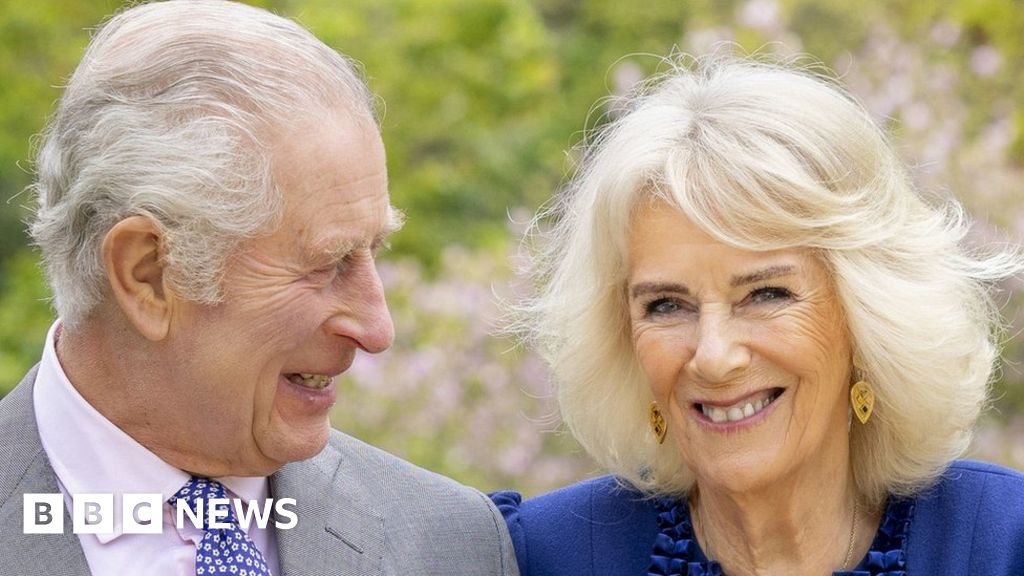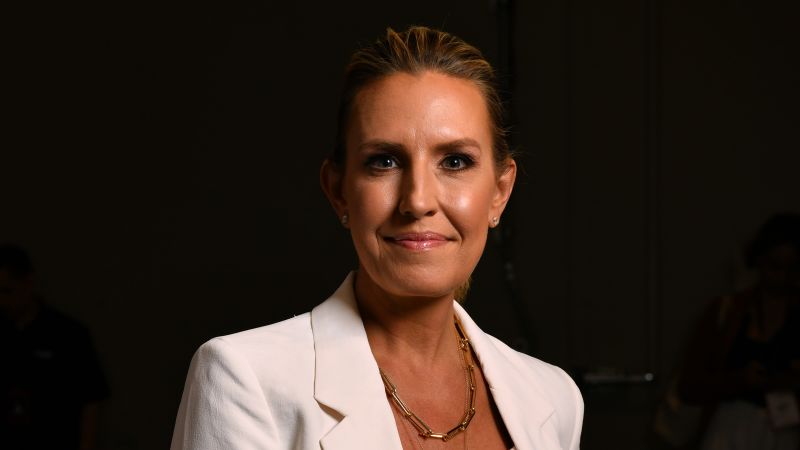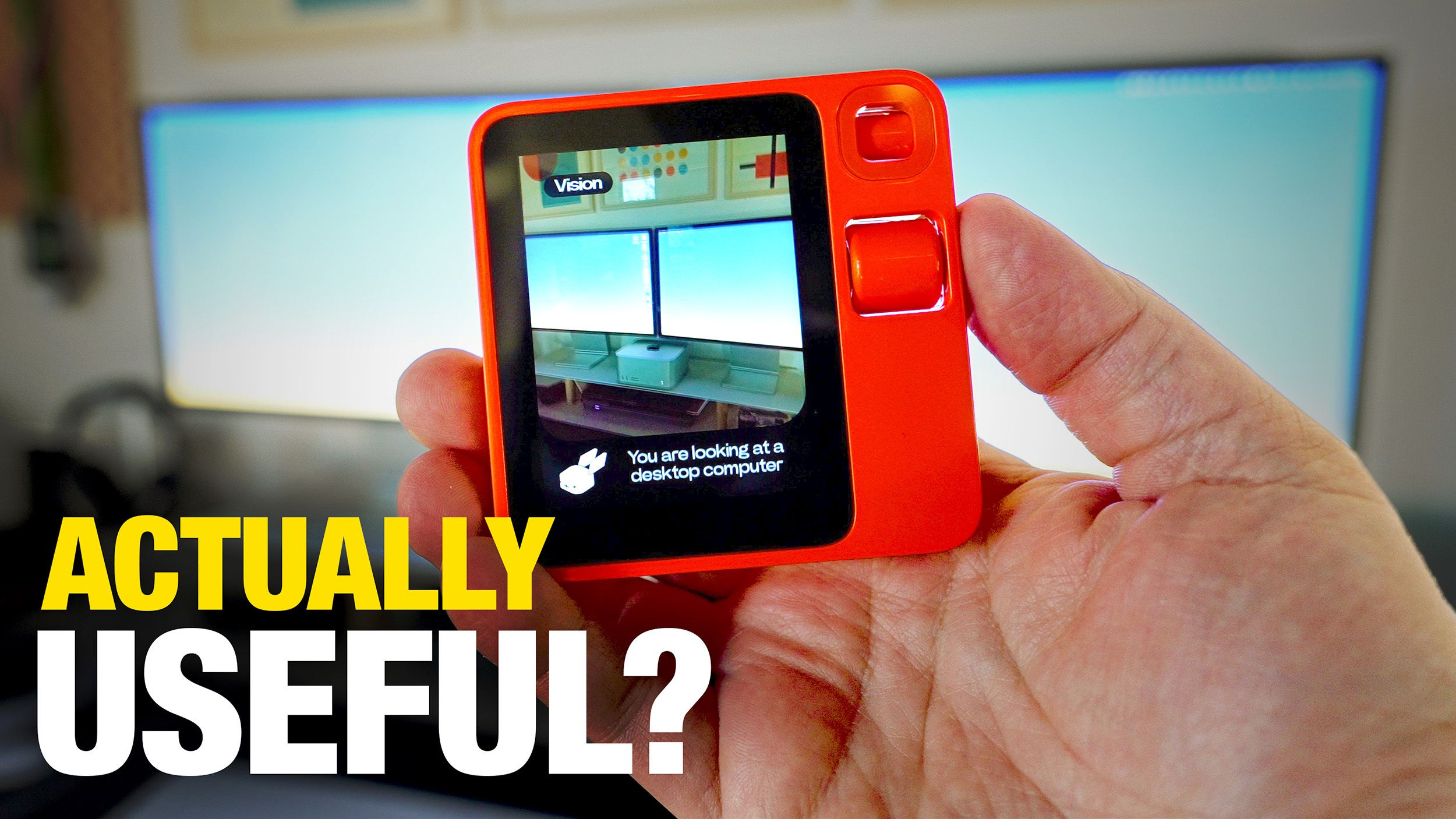The 2023-24 NBA trade deadline has passed, and now it’s time to evaluate the flurry of moves.
Which teams helped themselves the most? Which teams missed opportunities? And what were the best and worst single moves?
To answer those questions, The Athletic has assembled three of its writers: David Aldridge, Darnell Mayberry and Josh Robbins.
Which team helped itself the most during this trade-deadline cycle?
David Aldridge: Dallas. Most people don’t watch the Washington Wizards regularly, and I get that. But I do, and Daniel Gafford has been Washington’s best player this season. (I know “best” is doing a lot of work in that sentence.)
He’s a great finisher on lobs; Luka Dončić and Kyrie Irving will love tossing it up high to him; he has very good hands. When he shoots, he doesn’t miss; he’s top 10 in the league among regular rotation players in both effective field goal percentage and true shooting percentage. He attacks the offensive glass. He’s undersized, but he battles on every defensive possession.
He blocks shots, he blocks out bigger opponents, he tries to take charges — and he talks, something he struggled with earlier in his career. He will help both Dereck Lively II and the Mavs; if Dallas stays out of the Play-In Tournament and is a top-six team in the West, Gafford would be a big help for the Mavs against OKC or the Clippers in a first-round series. I know there’s, uh, debate on our pages about the play of P.J. Washington, but having another long, lively body to surround Dončić and Irving can’t hurt.
GO DEEPER
How Mavericks’ trades for P.J. Washington and Daniel Gafford fortify their roster
Darnell Mayberry: I love the aggressiveness the Mavs continue to show. They have a generational talent in Dončić, who’s having an amazing season, and aren’t wasting his years waiting for player development or a so-called right time to strike. Management in Dallas is going to great lengths to build a championship contender.
They didn’t land a star at the deadline, but the Mavs fortified their frontcourt with the additions of Washington and Gafford. They’ll give Dallas needed stability at the four and five and offer Dončić immediate help with their impactful play at both ends. Washington must find his shooting touch to be a true weapon for Dončić on kickouts. Gafford will thrive working with Dončić as a lob recipient while giving Dallas more rim protection. The Mavs might now be set up to make a deep run.
Josh Robbins: It didn’t happen immediately before the deadline, but I love the Indiana Pacers’ addition of Pascal Siakam last month (assuming, of course, that Siakam re-signs with the Pacers this summer). I’m viewing Indiana’s addition through the Pacers’ lens: the lens of a small-market team. With Tyrese Haliburton elevating the Pacers out of lottery contention for the foreseeable future, how else were the Pacers going to acquire either a future All-Star through the draft or lure a two-time All-Star in free agency? Haliburton made the Pacers relevant again, and Siakam compounds that relevance.
Which team that needed to improve didn’t fulfill its needs enough?
Aldridge: I was surprised Milwaukee didn’t do more at the deadline other than acquiring Patrick Beverley (and that is not at all a slam at PatBev). The Bucks are 23rd leaguewide in defensive rating since New Year’s Day; since Doc Rivers took over on Jan. 26, they’re … 11th. That’s better, but the Bucks will have to defend a lot better to beat the Boston Celtics or the fortified New York Knicks in a playoff series, not to mention a certain Florida team that gets under Milwaukee’s skin and is lurking a half-game out of sixth in the East. Beverley will help, but he’s still just 6-2, the same height as Damian Lillard. (Jrue Holiday, as Milwaukee fans surely know by now, stands 6-4.)
Mayberry: The Sacramento Kings. In a jumbled Western Conference, the Kings stood pat while watching two of their closest competitors (the Phoenix Suns and the Mavericks) make moves to improve. Sacramento has a terrific core and can stand to remain somewhat patient. But after a first-round appearance last season, the Kings also have reached a stage where they shouldn’t pass up any opportunities to strengthen their roster.
Robbins: I’m not the first person to say this, and I won’t be the last. But when will the Chicago Bulls begin to rebuild? They’re stuck in the middle. Could they not have moved Alex Caruso to start acquiring draft capital?
GO DEEPER
Greenberg: While NBA changes, Bulls appear content to stay the same
What’s the one move you like the most?
Aldridge: Buddy Hield to the 76ers. There’s nothing anyone in the Illadelph can do about Joel Embiid’s meniscus tear and surgery. This season is pretty much shot. But going forward, an Embiid/Tyrese Maxey/Hield trio is as potent a trio as anyone will have in the league. Even a “down” Hield is shooting 38 percent on 3s this season. The gravity he’ll create for Embiid and Maxey will be ridiculous.
And by getting far enough under this year’s first apron tax line by jettisoning multiple players in Philly’s deadline deals, Daryl Morey preserved his full nontaxpayer midlevel exception. The Sixers can’t use all of the $12.4 million NTMLE without hitting the first apron, but they’ll be able to use almost $5 million of it for any potential buyout candidates (Kyle Lowry, white courtesy phone; Kyle Lowry, white courtesy phone).
Whether the Sixers operate as an under-the-cap or over-the-cap team this summer, they have incredible flexibility to go in any direction they choose (the words “Paul” and “George” are in my head for some reason, but maybe I’m thinking about the Beatles). At minimum, Embiid with a re-signed Hield and Maxey will be an amazing offensive trio.
Mayberry: Gordon Hayward to the Thunder. It’s classic Sam Presti, taking a swing at a low-cost, high-reward addition. For it to work, Hayward must stay healthy. If he does, the Thunder will have secured an experienced secondary scorer and playmaker at a minimal price (Vasilije Micić, Tre Mann, Dāvis Bertāns and two second-round picks). Hayward’s expiring contract makes the deal sweeter for the Thunder, who can re-sign him at a reasonable rate or move on after this season. Another shrewd pickup by OKC.
Robbins: Royce O’Neale to Phoenix. Adding an ultra-solid 3-and-D wing at a relatively low cost is the kind of move that could tip a close game in a tight playoff series in the Suns’ direction. It’s especially important because Phoenix needed an additional defensive-minded role player to complement the three-headed offensive monster of Kevin Durant, Devin Booker and Bradley Beal.
The Durant-Booker-Beal trio should create tons of open shots, even in the playoffs, and O’Neale is more than capable of draining open 3s. Phoenix entered Friday 16th in the league in defensive rating, which is an accomplishment given the defensive personnel the Suns had to work with. Now, Frank Vogel has another quality option to deploy. As The Athletic’s Zach Harper and others have noted, this trade left Phoenix with two open roster spots that can be filled in targeted fashion with players who’ve been bought out.
What’s the one move you like the least?
Aldridge: It’s not that I hated Toronto getting Kelly Olynyk and Ochai Agbaji for a 2024 first, Otto Porter Jr. and Kira Lewis. The Raptors have two other 2024 firsts, and in a weak draft, that might even be one first-rounder too many. They seem to think they can re-sign Olynyk this summer, and if so, this makes more sense.
Clearly, Toronto thinks Agbaji is better than anyone it would get near the end of the first round this year. I actually like their other move better: trading Dennis Schröder and Thad Young for Spencer Dinwiddie, whom they immediately waived. That’s addition by subtraction; Immanuel Quickley and Scottie Barnes need the rock in their hands every minute possible. I guess I just thought Toronto should have taken a bigger swing.
Mayberry: Indiana’s return for Hield. This is nitpicking given the long-term planning at play. The Pacers turned Hield’s expiring contract into future value (two second-round contracts), while opening more minutes for 2022 sixth pick Bennedict Mathurin. I just wonder if there was more value the Pacers could have gotten for one of the league’s best 3-point shooters.
I’m also curious how much losing Hield might impact Indiana’s transformation into a playoff team. But long term, the Pacers are positioned just fine. It was better for them to get value for Hield and trust Mathurin than finish the season with Hield and losing him for nothing in free agency.
Robbins: I like that the Minnesota Timberwolves sought insurance for Mike Conley at point guard by adding Monté Morris for the relatively low cost of trading away Shake Milton, Troy Brown Jr. and a 2030 second-round pick. The move reunites him with former Denver Nuggets executive Tim Connelly, who deserves a lot of the credit for finding Morris in the first place.
But is Morris the same high-quality guard who so ably replaced Jamal Murray when Murray was sidelined by an ACL tear during the 2020-21 and 2021-22 seasons? Morris underwhelmed last season with the Washington Wizards and has missed most of this season with a right quadriceps strain.
If Morris regains his form and his rhythm, this will turn out to be a shrewd move. Again, the cost of acquiring Morris was low, and Connelly knows him well. But I’m not convinced Morris will play at a high level. Could Minnesota have found a better fit at a slightly higher cost?
What else caught your eye about this trade deadline cycle?
Aldridge: Sam Amick wrote about this Friday, but I was stunned so many teams stood pat. Houston was supposedly “all-in” on making a difference-making splash after playing well enough over the first half of the season to be a Play-In contender. The Lakers, certainly, had reason to pull the trigger on a deal(s).
To a lesser extent, so did the Clippers, especially given that this is the last year teams can essentially buy picks and/or players. (Personally, I’m gonna miss Cash Considerations and all he did to facilitate deals.)
The Kings, who have been funky all season, didn’t address their need to improve their perimeter defense. Cleveland, which has made a dramatic move to the top of the East standings, quietly folded its hand. Denver’s the defending champ, so its standing pat was at least understandable.
GO DEEPER
Hollinger: Trade deadline was a dud when it comes to major swings. Here’s why
Mayberry: The Raptors-Nets trade that sent Schröder and Young to Brooklyn for Dinwiddie caught my eye. My initial thoughts went to Young, the 17-year veteran who remains both valuable and productive but is on the move again. And then I remembered an in-game disagreement I saw Schröder having with then-Raptors teammate Gary Trent Jr. during a road win over the Bulls in late January.
Schröder appeared to take exception to not receiving a throw-ahead pass from Trent in transition. Trent adamantly barked back at Schröder as the Bulls shot free throws. And who stepped between them to tell them to cool it? Young, the sage, seen-it-all vet. It was only one observation from a brief moment over a long season. But when I saw this Raptors-Nets deal, it didn’t take long for that memory to return. And I wondered how much locker room dynamics in Toronto might have played a role.
Robbins: This is a pet peeve. The NFL Draft is a great event, but the lessons it provides are too much in our minds when it comes to evaluating the value of NBA trades that involve future draft picks. In the NFL, second-round picks have significant utility because the NFL is a league where each team has 11 players on the field at any given time and (unfortunately) there’s so much churn because of injuries. In the NBA, however, the vast majority of second-round picks are nowhere near as important. And yet, fans and a large portion of the media tend to assign too much value to many of the NBA second-round picks that change hands.
Have there been incredible second-round success stories through the years? Yes, as Draymond Green (picked 35th in 2012) and Nikola Jokić (41st in 2014) demonstrate. But they are the exceptions. And do second-round picks often provide grist for trades? Yes.
But I’m not saying NBA second-round picks are devoid of value. It’s just that in the majority of cases, all of us need to cool our jets a little and not ascribe the same value to them that second-round picks have in the NFL.
(Top photo of Trae Young and Buddy Hield: Eric Hartline / USA Today)

Christine Lake is a sports fanatic who lives and breathes athletics. With an extensive background in sports journalism, he covers everything from major league championships to grassroots sports events. When she’s not on the field or at the stadium, you’ll find Christine coaching youth sports teams.








